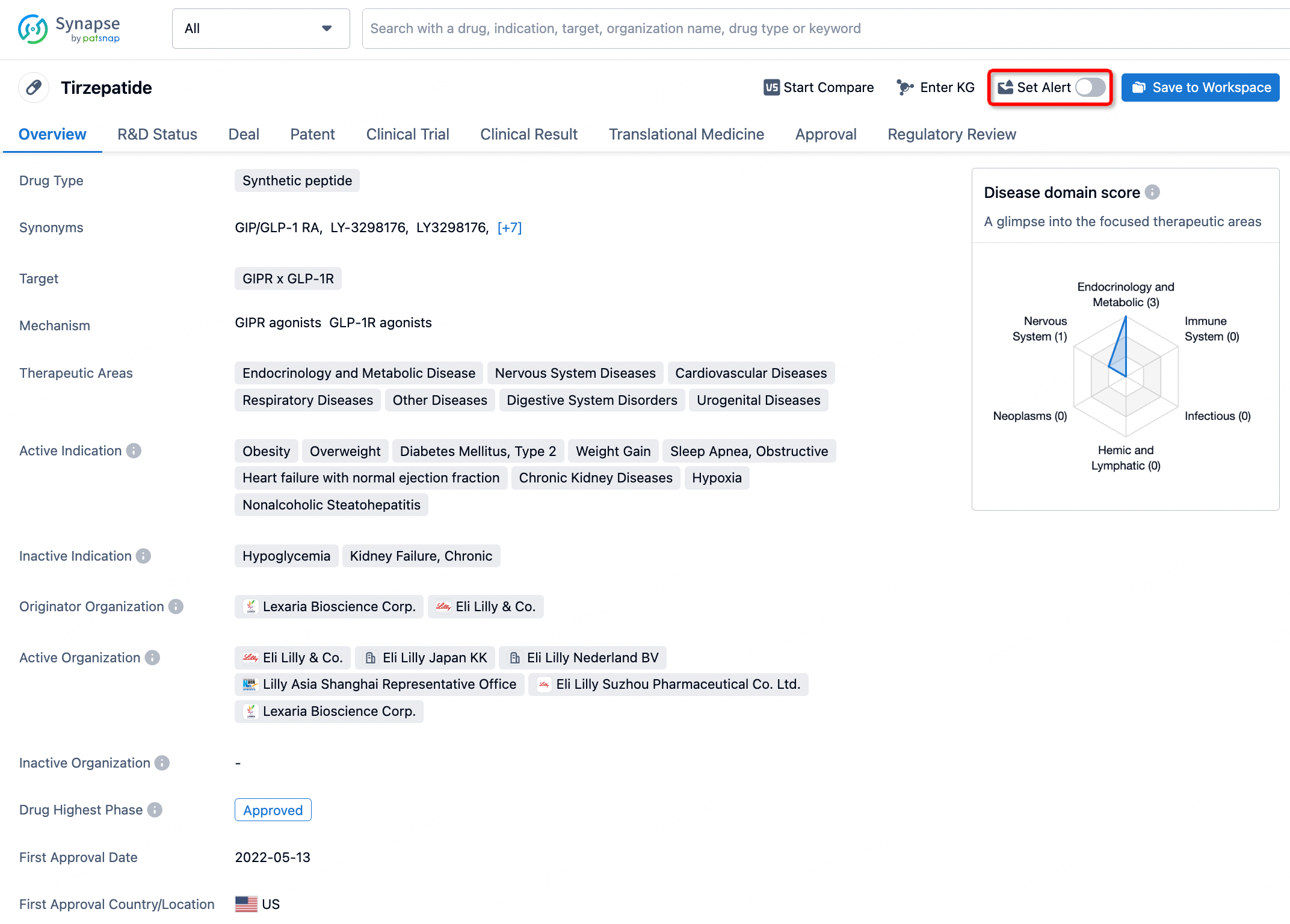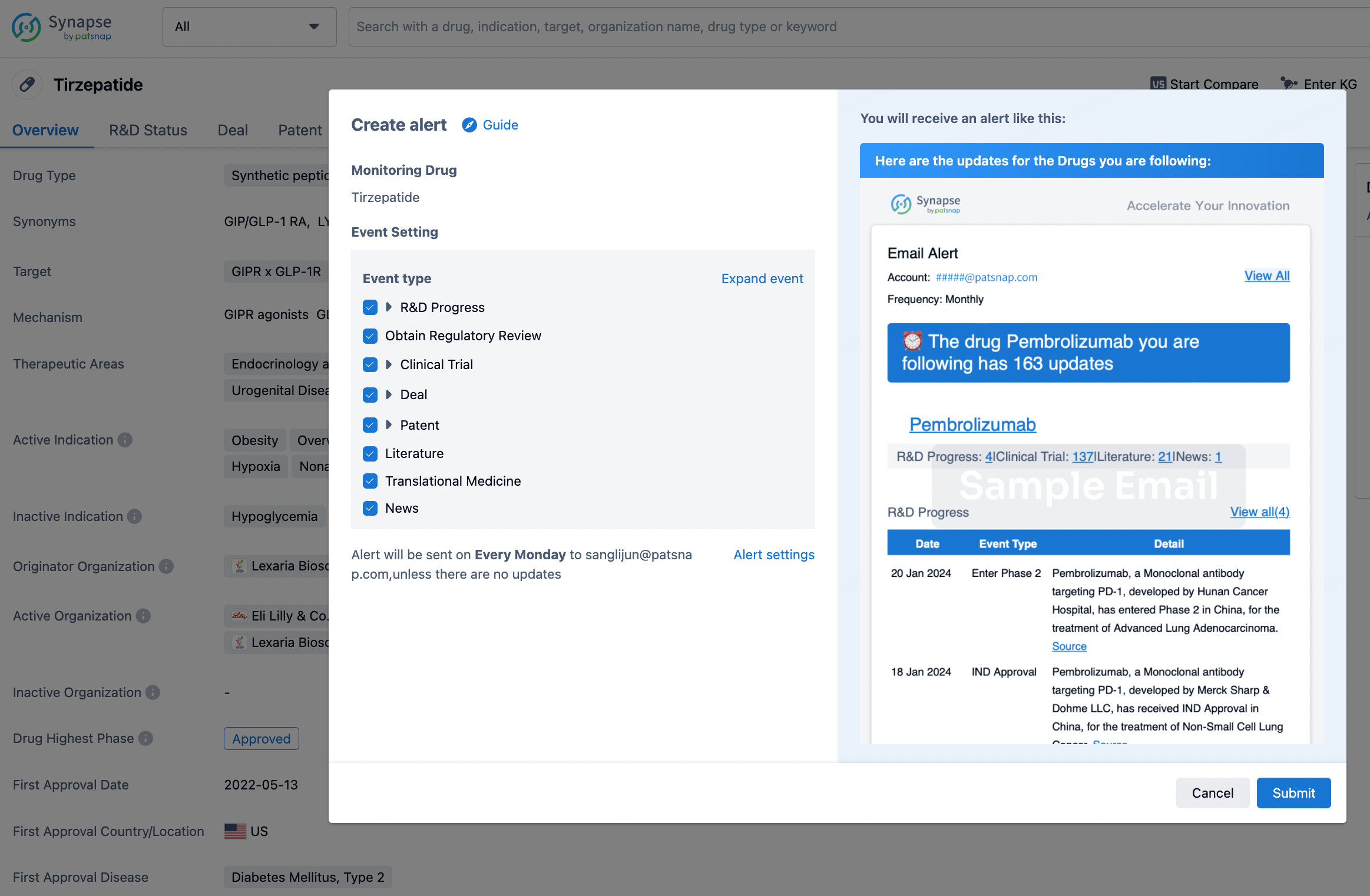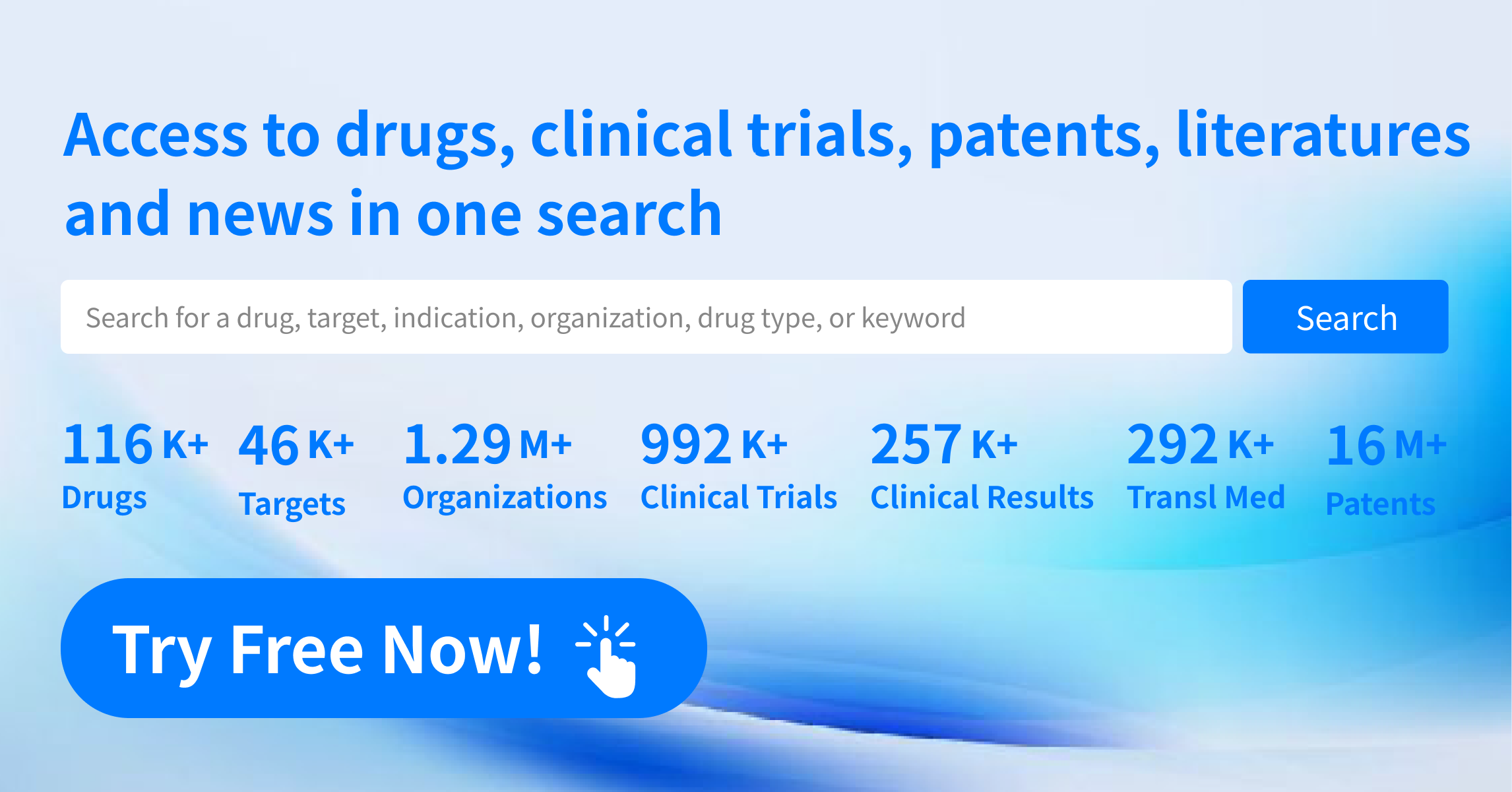Request Demo
What is the mechanism of Lynestrenol?
18 July 2024
Lynestrenol is a synthetic progestogen, a type of hormone that mimics the effects of the natural hormone progesterone in the body. It is commonly used in oral contraceptives and hormone replacement therapy. Understanding the mechanism of Lynestrenol involves exploring its absorption, metabolism, and physiological effects at the cellular and systemic levels.
Once ingested, Lynestrenol is absorbed through the gastrointestinal tract and enters the bloodstream. It is then metabolized primarily in the liver to its active form, norethisterone. This conversion is crucial because norethisterone is the compound that exerts the pharmacological effects associated with Lynestrenol.
Norethisterone, the active metabolite of Lynestrenol, binds to progesterone receptors in various tissues, including the reproductive organs, breast tissue, and the hypothalamus-pituitary axis. The interaction with these receptors elicits a range of biological responses that resemble those of natural progesterone.
In the endometrium, or the lining of the uterus, norethisterone induces secretory changes that prepare the tissue for potential implantation of a fertilized egg. This process is essential for establishing and maintaining pregnancy. In oral contraceptives, the presence of norethisterone helps maintain a stable endometrial environment, which prevents the mid-cycle surge of luteinizing hormone (LH) and, consequently, ovulation.
Furthermore, norethisterone increases the viscosity of cervical mucus, making it more difficult for sperm to penetrate and reach the egg. This additional barrier enhances Lynestrenol's contraceptive efficacy.
In addition to its role in contraception, Lynestrenol is used in hormone replacement therapy, particularly for conditions such as amenorrhea, dysfunctional uterine bleeding, and endometriosis. By providing a steady level of progestogen, it helps regulate the menstrual cycle, reduce abnormal bleeding, and alleviate symptoms associated with these conditions.
Lynestrenol, like other progestogens, has significant effects on the hypothalamus-pituitary-ovarian axis. By exerting negative feedback on the hypothalamus and pituitary gland, it reduces the secretion of gonadotropin-releasing hormone (GnRH) and, subsequently, follicle-stimulating hormone (FSH) and luteinizing hormone (LH). This suppression prevents follicular maturation and ovulation, contributing to the contraceptive action of Lynestrenol.
The metabolic pathway of Lynestrenol also involves its clearance from the body. After exerting its pharmacological effects, norethisterone and its metabolites are conjugated in the liver and excreted primarily via the urine. The elimination half-life of Lynestrenol ensures that steady-state concentrations are maintained with regular dosing, providing consistent therapeutic effects.
In summary, Lynestrenol is a synthetic progestogen that undergoes hepatic conversion to norethisterone, which then binds to progesterone receptors to exert a range of biological effects. These include altering the endometrium, increasing cervical mucus viscosity, and suppressing the hypothalamus-pituitary-ovarian axis to prevent ovulation. Its primary uses are in contraception and hormone replacement therapy, where its progestogenic effects help manage various reproductive health conditions. Understanding the mechanisms of Lynestrenol provides insight into its clinical applications and efficacy in managing reproductive health.
Once ingested, Lynestrenol is absorbed through the gastrointestinal tract and enters the bloodstream. It is then metabolized primarily in the liver to its active form, norethisterone. This conversion is crucial because norethisterone is the compound that exerts the pharmacological effects associated with Lynestrenol.
Norethisterone, the active metabolite of Lynestrenol, binds to progesterone receptors in various tissues, including the reproductive organs, breast tissue, and the hypothalamus-pituitary axis. The interaction with these receptors elicits a range of biological responses that resemble those of natural progesterone.
In the endometrium, or the lining of the uterus, norethisterone induces secretory changes that prepare the tissue for potential implantation of a fertilized egg. This process is essential for establishing and maintaining pregnancy. In oral contraceptives, the presence of norethisterone helps maintain a stable endometrial environment, which prevents the mid-cycle surge of luteinizing hormone (LH) and, consequently, ovulation.
Furthermore, norethisterone increases the viscosity of cervical mucus, making it more difficult for sperm to penetrate and reach the egg. This additional barrier enhances Lynestrenol's contraceptive efficacy.
In addition to its role in contraception, Lynestrenol is used in hormone replacement therapy, particularly for conditions such as amenorrhea, dysfunctional uterine bleeding, and endometriosis. By providing a steady level of progestogen, it helps regulate the menstrual cycle, reduce abnormal bleeding, and alleviate symptoms associated with these conditions.
Lynestrenol, like other progestogens, has significant effects on the hypothalamus-pituitary-ovarian axis. By exerting negative feedback on the hypothalamus and pituitary gland, it reduces the secretion of gonadotropin-releasing hormone (GnRH) and, subsequently, follicle-stimulating hormone (FSH) and luteinizing hormone (LH). This suppression prevents follicular maturation and ovulation, contributing to the contraceptive action of Lynestrenol.
The metabolic pathway of Lynestrenol also involves its clearance from the body. After exerting its pharmacological effects, norethisterone and its metabolites are conjugated in the liver and excreted primarily via the urine. The elimination half-life of Lynestrenol ensures that steady-state concentrations are maintained with regular dosing, providing consistent therapeutic effects.
In summary, Lynestrenol is a synthetic progestogen that undergoes hepatic conversion to norethisterone, which then binds to progesterone receptors to exert a range of biological effects. These include altering the endometrium, increasing cervical mucus viscosity, and suppressing the hypothalamus-pituitary-ovarian axis to prevent ovulation. Its primary uses are in contraception and hormone replacement therapy, where its progestogenic effects help manage various reproductive health conditions. Understanding the mechanisms of Lynestrenol provides insight into its clinical applications and efficacy in managing reproductive health.
How to obtain the latest development progress of all drugs?
In the Synapse database, you can stay updated on the latest research and development advances of all drugs. This service is accessible anytime and anywhere, with updates available daily or weekly. Use the "Set Alert" function to stay informed. Click on the image below to embark on a brand new journey of drug discovery!
AI Agents Built for Biopharma Breakthroughs
Accelerate discovery. Empower decisions. Transform outcomes.
Get started for free today!
Accelerate Strategic R&D decision making with Synapse, PatSnap’s AI-powered Connected Innovation Intelligence Platform Built for Life Sciences Professionals.
Start your data trial now!
Synapse data is also accessible to external entities via APIs or data packages. Empower better decisions with the latest in pharmaceutical intelligence.


